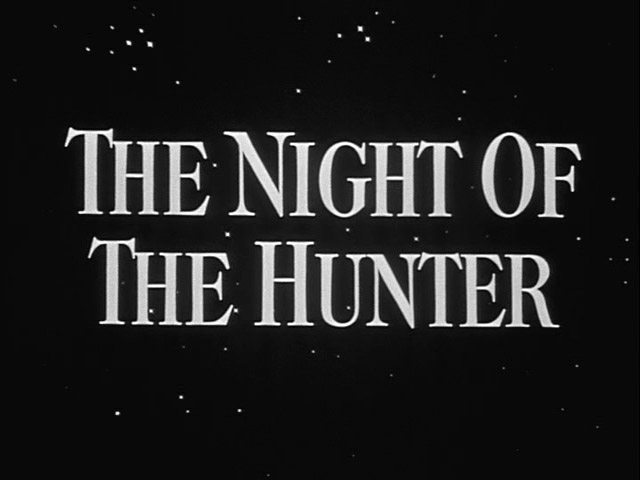
After the movie, my friend Rachel asked me to define "film noir" for her. It's one of those things, like defining deconstruction or pornography, that is hard to pin down, but easy to know when you see it. I did my best. "The world is very urban, seedy, populated with criminal undergrounds and late night hangouts. The protagonist is an anti-hero, a man whose soul is lost to some prior sin or crime but who fights for his personal convictions and -- basically -- commits sins or crimes in order to protect other, less 'lost' souls and help them avoid a similar fate; they trudge through the muck willingly in the name of keeping the muck at bay. Women are sexually or romantically alluring creatures, but giving in to temptation 9 out of 10 times leads to betrayal, and 1 out of 10 times leads to their death. Children do not exist, because they represent hope. And it's shot in stark black and white, making grand use of shadows and expressionism. Oh, and they're mostly all morally ambiguous stories where nobody is 'good' and most everybody is a little bit 'evil' and we take it for granted, and they all came out during the tough Depression/early-WWII times."
So then I compared that to The Night of the Hunter, a 1955 film that takes place during the Depression. Well, it's shot in grand, shadow-heavy black and white, and leans heavily on operatic compositions and expressionistic sets. The world is all suburban and rural, though there's a lot of conspicuous neon sprinkled throughout to remind you of what it's not: urban. The main character (the antagonist, actually) not only lacks any broken-spirit from past sins, but revels in them still; further, he's a goddamn preacher, a "risen man," morally speaking, though it's obviously a show or perversion of such a thing. He speaks and acts as though he is committing acts of righteousness but he does it in the name of sin, crime, and muck-causing. The film is packed with women, but every single one of them is a mother or motherly. The only love in the story is young Ruby, who falls inexplicably for Preacher Harry Powell. Not only do children exist, they are the protagonists, and although the story is one in which hope is repeatedly taken from the poor kids, they also undeniably represent an endless fount of the stuff. They are hope springing eternal.
In other words, this film is the ultimate anti-noir film. It is everything the genre is supposed to be, turned upside down and inside out. Some of the dialogue is a bit spot on or blunt/unsubtle, but for the most part, it's bloody brilliant. And reasonably scary. And staggeringly beautiful. So many shots were just haunting. (SPOILER) The long hold on the corpse of the mother underwater, hair and dress and seaweed waving, will stay with me a long time.
Also, child protagonists trying to be tough and stay strong with scary grown-up shit happening to them: yeah, this is a pitch-perfect film for me w.r.t. one of my current projects. So there's that, too.
Seen (a remastered print!) at Laurelhurst.

1 comment:
They had a remastered print of Night of the Hunter at the Laurelhurst and I missed it? This fills me full of love and hate.
Post a Comment